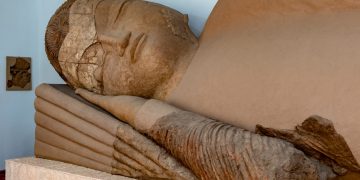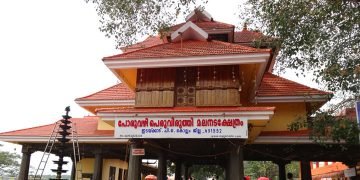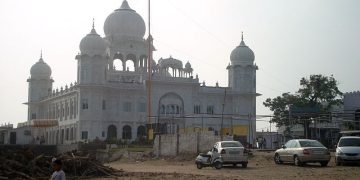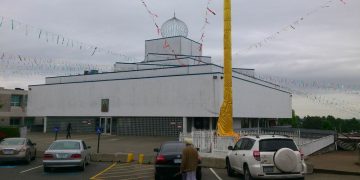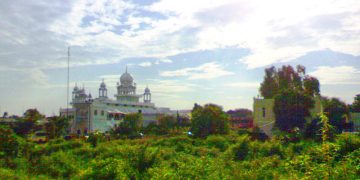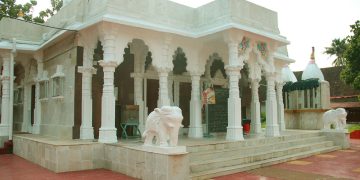Wat Chaiyamangkalaram is a Thai Buddhist temple at the Pulau Tikus suburb in George Town, Penang, Malaysia. Notably, the temple, situated directly across Burmah Lane from Dhammikarama Burmese Temple, contains one of the world’s longest reclining Buddha statues, as well as several coloured statues of Devas and other mythical creatures.
Shrine’s History
Wat Chaiyamangkalaram was built in 1845 on a piece of land granted to the Siamese community in George Town by Queen Victoria. The land, a diplomatic gesture to promote trading ties between the British Empire and the Siamese Rattanakosin Kingdom, was presented by the then Governor of the Straits Settlements, William John Butterworth, to four female Siamese trustees. The first monk in Wat Chaiyamangkalaram was Phorthan Kuat, a Theravada Buddhist monk from Siam also known as the ‘Powerful Monk’. According to urban legend, he was very fond of asam laksa; to this day, the famous local dish is still offered to his shrine by devotees. A reclining Buddha statue, named Phra Chaiya Mongkol, was created in 1958 at a cost of M$100,000. A vihara was also constructed in 1970. Wat Chaiyamangkalaram was visited in 1962 by the then King of Thailand, Bhumibol Adulyadej, and Queen Sirikit.


Architectural Relevance of This Shrine
The Phra Chaiya Mongkol reclining Buddha statue measures 33 m from end to end, making it the third longest reclining Buddha statue in the world. The statue actually serves as a columbarium, in which the urns of the cremated are housed. Several smaller statues of the Buddha in various poses, as well as the Devas, can also be found throughout the temple, particularly adorning the main prayer hall.



